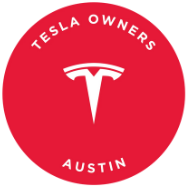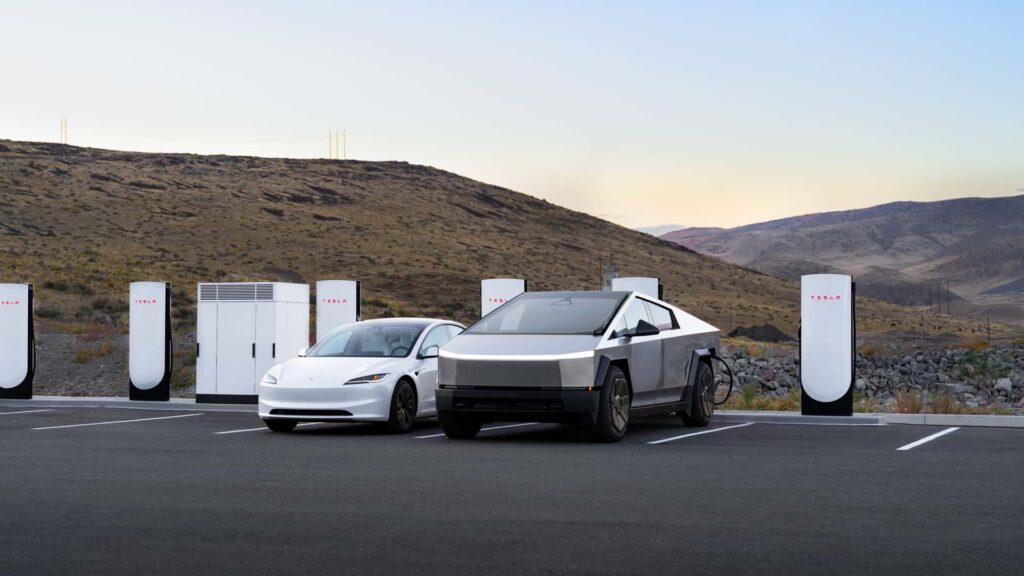Tesla has recently introduced V4 cabinets at their Supercharger stations, allowing for charging speeds of up to 500 kilowatts. This advancement is a game-changer for electric vehicle (EV) owners, as it significantly reduces charge times, alleviates congestion at charging stations, and enhances the overall convenience of long-distance EV travel.
Initially, the V4 cabinets will only support Tesla vehicles. However, the automaker has announced plans to expand support to non-Tesla EVs in the near future. This move is crucial as it aligns with the industry trend towards higher-powered charging stations. While most Tesla Superchargers are currently capped at 250 kW, rival networks are rolling out stations with speeds of 350-400 kW.
The first ultra-fast Supercharger with V4 cabinets went live in Redwood City, California, marking a significant milestone for Tesla’s charging infrastructure. These new cabinets, with their cutting-edge power electronics, offer unparalleled reliability and efficiency. They are designed to support vehicle architectures ranging from 400V to 1,000V, making them compatible with a wide range of EV models.
For Tesla Cybertruck owners, the V4 cabinets mean faster charging speeds, with the potential to deliver up to 500 kW of power. Other Tesla models, such as the Model 3, Model S, Model X, and Model Y, which operate on 400-volt architectures, will continue to charge at 250 kW. This is still impressive, providing approximately 200 miles of range in just 15 minutes of charging.
The introduction of V4 cabinets represents a significant step towards widespread adoption of EVs. With Tesla’s expansive Supercharger network and the promise of 500 kW charging capabilities, the EV landscape in the U.S. is set to undergo a transformation. This development could pave the way for faster EV adoption post-tax credit incentives.
As Tesla continues to deploy Superchargers with V4 cabinets across the country, the future of EV charging looks brighter than ever. With the potential for ubiquitous 500 kW charging stations supporting all EVs, the convenience and accessibility of electric vehicles are bound to improve significantly. Stay tuned for further updates on Tesla’s charging infrastructure and the evolution of EV technology.

